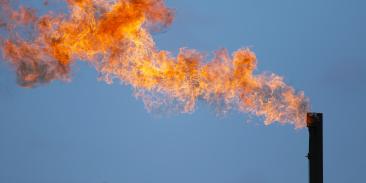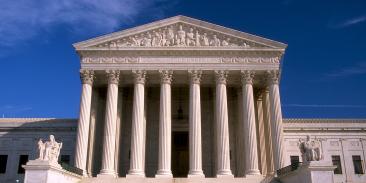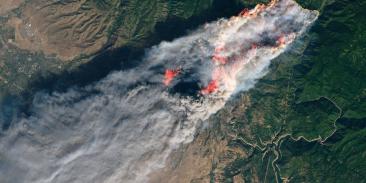The Carbon Pollution Standards for Existing Power Plants: How They Work
NEWS RELEASE
Contact:
Megan
Ceronsky, 303-447-7224, mceronsky@edf.org
Sharyn Stein, 202-572-3396, sstein@edf.org
On Monday, June 2, the U.S. Environmental Protection Agency (EPA) is expected to propose the first-ever national Carbon Pollution Standards for future and existing power plants, under Section 111(d) of the Clean Air Act.
The Carbon Pollution Standards will take the form of emission guidelines that, once finalized, will establish quantitative environmental performance benchmarks for states to meet in implementing performance standards to reduce carbon pollution from existing power plants — the largest source of carbon pollution in the country.
The following summary briefly explains how this dynamic federal-state collaboration works.
Step 1: EPA identifies the “best system of emission reduction” to address carbon pollution from existing power plants — taking into account the emission reductions that can be achieved, cost, energy requirements, and impacts on other health and environmental outcomes. EPA then identifies the emission reductions achievable if this “best system” is deployed. EPA assembles this information in standards, called “emission guidelines,” that are subject to public notice and comment.
Step 2: States craft plans to implement and enforce standards of performance for existing power plants located within their borders. States have considerable flexibility to tailor these plans to the characteristics and needs of their state — they do not need to use the “best system of emission reduction” identified by EPA, provided they achieve equivalent reductions in pollution. States have extensive experience developing similar implementation plans to meet national standards for ozone, particulate matter, carbon monoxide, nitrogen oxides, sulfur dioxide, lead, fluoride, sulfuric acid mist, and sulfur under Clean Air Act sections 110 and 111. States submit these plans to EPA for review. Consistent with the timetables long governing the administration of this Clean Air Act program and President Obama’s Climate Action Plan, the state plans will be due June 30, 2016.
Step 3: EPA reviews each state plan to evaluate whether it is “equivalent” to the emission guidelines, achieving at least equivalent emission reductions to those achievable using the “best system of emission reduction” and meets other criteria, including for enforceability.
Here’s a graphic with more information about the timeline:

With more than 3 million members, Environmental Defense Fund creates transformational solutions to the most serious environmental problems. To do so, EDF links science, economics, law, and innovative private-sector partnerships to turn solutions into action. edf.org
Latest press releases
-
New Analysis Finds Indigenous Lands and Protected Areas Are Key in Slowing Deforestation; Without them Brazilian Amazon Forest Loss Would be 35% and Carbon Emissions 45% Higher
October 28, 2025 -
New Poll: Republicans, Democrats and Independents Strongly Oppose Weakening Chemical Safety Law
October 27, 2025 -
Court Rules New York Must Implement State Climate Law and Deliver Swift Action
October 24, 2025 -
EDF Goes to Court to Help Defend California Climate Risk Reporting Laws That Protect People from Financial Damage
October 24, 2025 -
Oregon Water Partnership Applauds Gov. Kotek’s Executive Order to Promote Resilience of Communities and Natural Working Lands and Waters
October 23, 2025 -
Community, Health and Environmental Groups Sue to Stop President Trump’s Unlawful Toxic Air Pollution Exemptions
October 22, 2025










